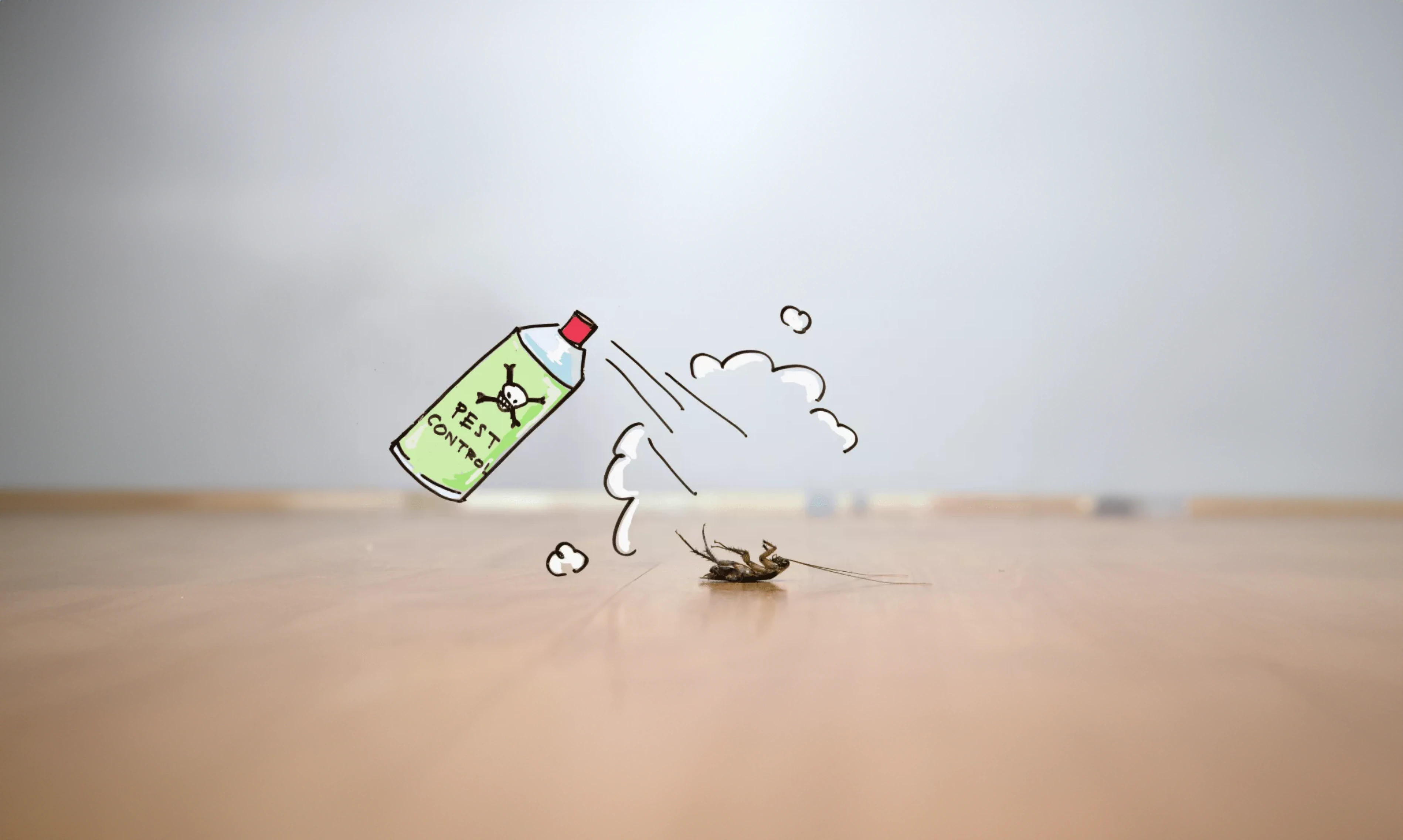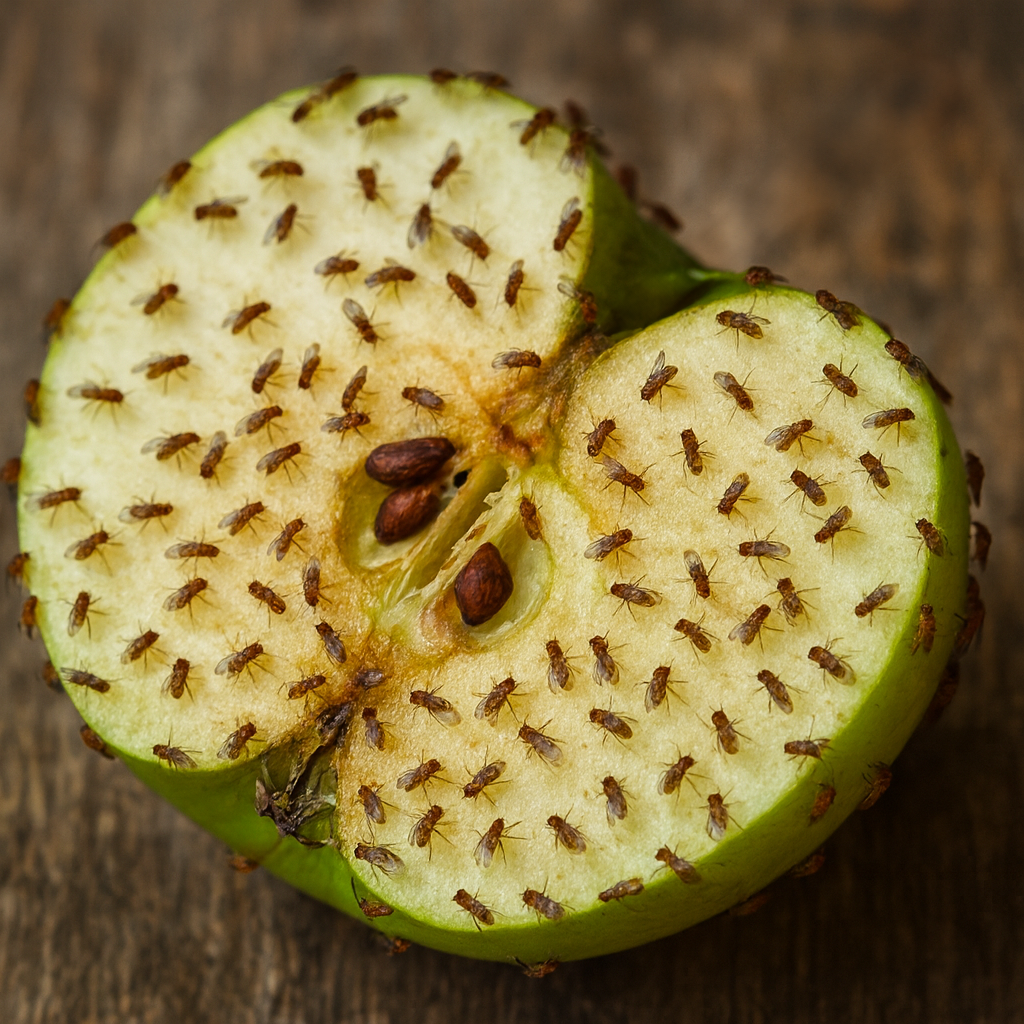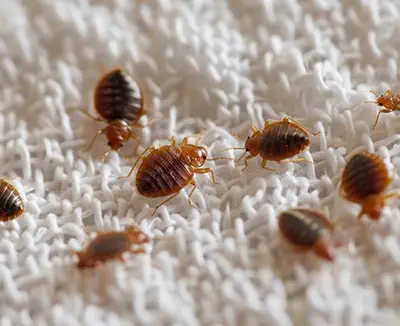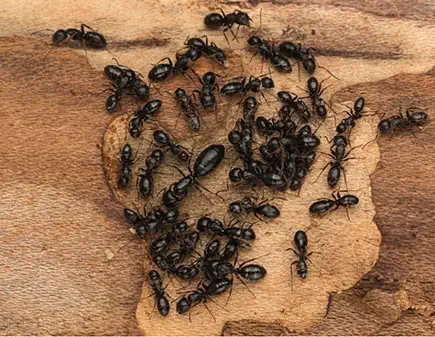
7 Early Warning Signs of Carpenter Ant Infestation: Guide to Identification & Prevention
7 Early Warning Signs of Carpenter Ant Infestation: Expert Guide to Identification & Prevention
Discovering carpenter ants in your home can be alarming and for good reason. These large, wood-destroying pests can cause thousands of dollars in structural damage if left unchecked. Unlike their smaller cousins that simply search for food, carpenter ants excavate elaborate tunnel systems inside your home's wooden framework, weakening beams, joists, and other critical structural components.
The good news? Early detection can save you from costly repairs and extensive damage. At Seasonal Solutions Pest Services, our certified technicians have helped countless homeowners identify and eliminate carpenter ant infestations before they become serious problems. With over 10 years of local experience in professional ant control, we know exactly what to look for—and when immediate action is needed.
Concerned about potential carpenter ant activity in your home? Contact Seasonal Solutions today for a comprehensive inspection. Our licensed professionals can quickly identify signs you might miss and provide immediate peace of mind.
What Are Carpenter Ants? Understanding the Enemy
Carpenter ants are among the largest ant species in North America, measuring ¼ to ½ inch in length, with queens reaching up to 1 inch. Most commonly black, these ants have distinctive pinched waists and smooth, rounded backs.
Critical distinction: Unlike termites, carpenter ants don't eat wood—they excavate smooth galleries through moist wood to create nesting sites. This tunneling behavior makes them destructive, literally hollowing out your home's structural elements.
Carpenter ants establish two colony types:
- Parent colonies: Usually outdoors in decaying tree stumps or rotting logs
- Satellite colonies: Often inside homes in moisture-damaged areas
Understanding this dual-colony system is crucial because treating only visible indoor activity won't eliminate the problem. The ant control specialists at Seasonal Solutions use specialized techniques to locate and treat both colony types for complete eradication.
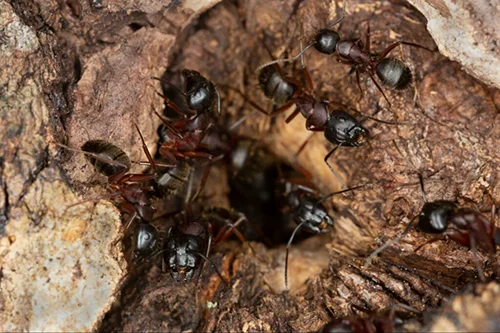
7 Warning Signs of Carpenter Ant Infestation
1. Wood Shavings and Frass Piles
What to look for: Small piles of sawdust-like material called "frass" near wooden structures, baseboards, or door frames.
Expert insight: Unlike uniform termite pellets, carpenter ant frass appears as coarse shavings—like pencil sharpener debris. Fresh piles indicate active excavation.
2. Faint Rustling Sounds in Walls
What to listen for: Soft scratching or crackling sounds from inside walls, particularly during evening hours.
Expert insight: These sounds occur when worker ants actively chew through wood. Peak activity is between 10 PM and 2 AM when temperatures exceed 45-50°F.
3. Winged Ant Swarmers
What to look for: Large, winged ants near windows or doors, especially during late spring and early summer.
Expert insight: Swarmers indicate a mature colony ready to reproduce. If you see winged carpenter ants indoors, contact our ant control team immediately—this signals an established colony of 3-6 years.
4. Smooth, Hollow-Sounding Wood
What to check: Tap wooden beams and frames. Infested wood sounds hollow rather than solid.
Expert insight: Carpenter ant galleries are smooth and clean, unlike rough termite tunnels. Seasonal Solutions technicians use moisture meters and acoustic detection equipment to identify hidden damage.
5. Live Ant Sightings (Large Black Ants)
What to observe: Individual large, black ants indoors, particularly near water sources.
Expert insight: Even one carpenter ant indoors is significant. Unlike smaller species that forage in groups, carpenter ants send few scouts. One ant often indicates a nearby colony.
6. Ant Trails and Pheromone Pathways
What to track: Lines of ants following specific routes along walls or baseboards, leading to/from wooden areas.
Expert insight: Carpenter ants create chemical highways using pheromones. Trail activity peaks during late spring and early summer.
7. Moisture Problems and Wood Damage
What to inspect: Areas with water damage, leaks, or soft/darkened wood. Carpenter ants prefer wood with moisture content above 15%.
Prevention insight: Professional ant control services always address moisture issues as part of comprehensive treatment to prevent future infestations.
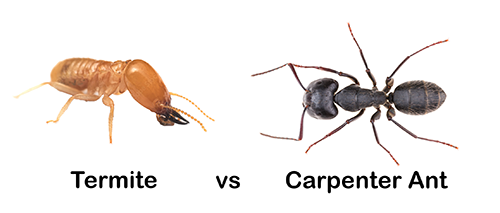
Carpenter Ants vs. Termites: Key Differences
Carpenter Ants:
- Large size (¼ to ½ inch)
- Pinched waist and jointed antennae
- Create smooth galleries and sawdust-like frass
- Don't eat wood—only excavate it
Termites:
- Smaller, soft-bodied insects
- Straight bodies and straight antennae
- Create rough, mud-filled tunnels
- Actually consume wood as food
Professional advantage: At Seasonal Solutions Pest Services, our certified technicians accurately identify pest species using advanced techniques. Misidentification can lead to ineffective treatment and continued damage.
Understanding Carpenter Ant Seasonal Activity
Carpenter ants follow predictable seasonal patterns:
Spring (March-May): Colony reactivation and swarming. Prime time for new infestations as reproductive ants seek nesting sites.
Early Summer (June-July): Peak activity period. Worker ants actively forage and expand tunnel systems. This is when most damage occurs.
Late Summer (August-September): Continued expansion and winter preparation.
Fall/Winter: Reduced activity but colonies remain active in heated buildings.
Expert insight: Understanding these patterns allows our ant control specialists to time treatments for maximum effectiveness. Early summer interventions prevent peak damage periods.
DIY Methods vs. Professional Solutions
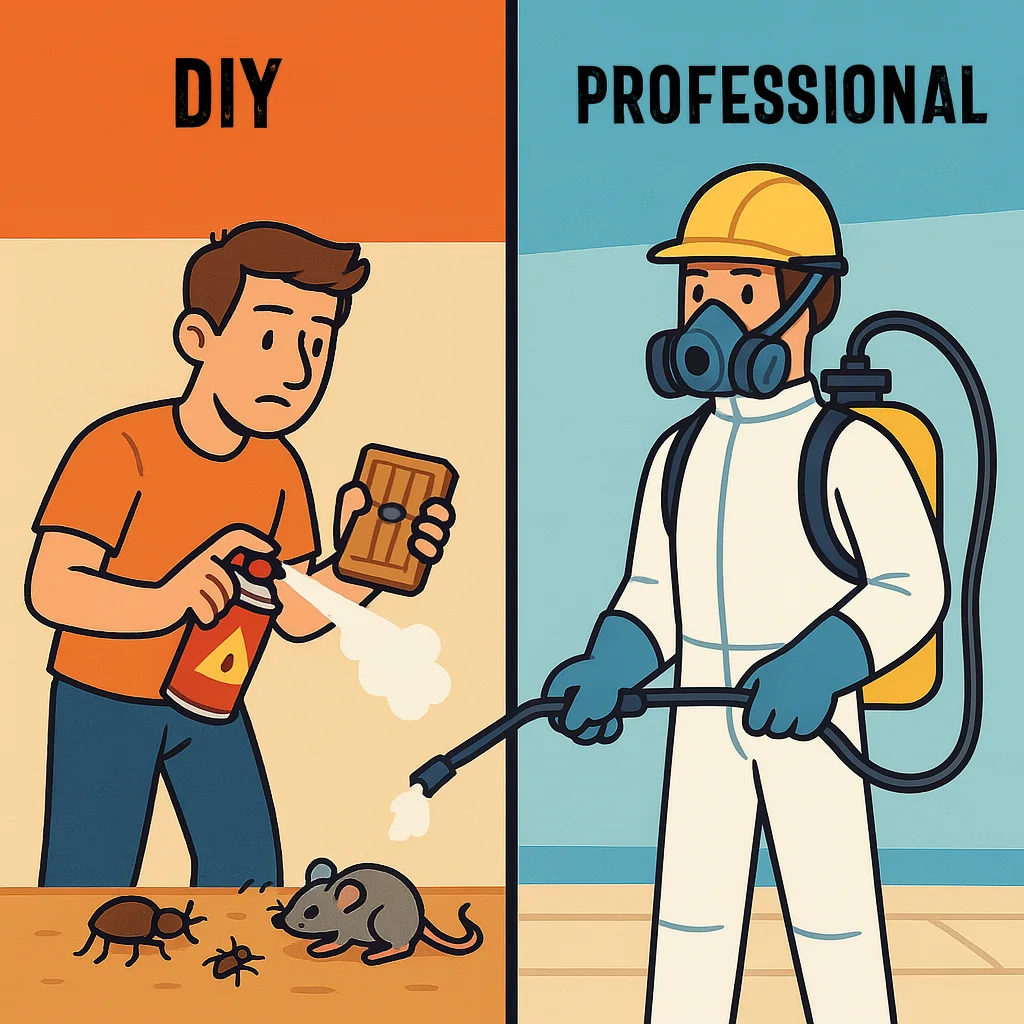
DIY Approaches and Their Limitations
While some homeowners attempt DIY carpenter ant control, these methods often provide only temporary relief:
Borax-based baits: Can eliminate some worker ants but rarely reach queens or satellite colonies. Success rate is low for complete elimination.
Essential oil deterrents: Studies show limited effectiveness—citronella and tea tree oil kill only a portion of ants on contact and their repellent nature may push colonies deeper into structures.
Boric acid dust: Effective if you can locate and directly treat nests, but finding all colony locations without professional equipment is extremely difficult.
Boiling water: Can eliminate outdoor colonies but often misses satellite nests and doesn't prevent reestablishment.
Why Professional Treatment Is More Effective
Comprehensive inspection: At Seasonal Solutions Pest Services, our technicians use specialized equipment to locate all colony sites including hidden satellite nests most homeowners never find.
Professional-grade treatments: Licensed pest control professionals have access to advanced formulations and application techniques not available to homeowners. Our treatments achieve a high success rates for complete colony elimination.
Integrated approach: Professional ant control addresses not just the immediate infestation but also the conditions that attracted carpenter ants. This includes moisture control recommendations and structural repairs.
Long-term prevention: Professional services include ongoing monitoring and prevention strategies. Seasonal Solutions provides comprehensive pest management programs that prevent reinfestations.
Comprehensive Prevention Strategies
Moisture Control (Most Critical)
Immediate actions:
- Fix all water leaks promptly (plumbing, roofing, foundation)
- Improve ventilation in basements, crawl spaces, and attics
- Ensure proper drainage around your home's foundation
- Replace water-damaged wood immediately
Professional insight: Seasonal Solutions experts recommend maintaining indoor humidity below 50%
Structural Modifications
Seal entry points:
- Caulk cracks around windows, doors, and foundation penetrations
- Install door sweeps and repair damaged screens
- Seal gaps around utility entries
Eliminate outdoor attractions:
- Remove tree stumps, rotting logs, and old woodpiles
- Trim tree branches away from your home's exterior
- Store firewood at least 20 feet from your house
- Create gravel barriers around your foundation
Ongoing Maintenance
Regular inspections:
- Check for moisture problems monthly
- Inspect wooden structures annually for damage
- Monitor areas where wood contacts soil
When to Call Professional Pest Control
Certain situations require immediate professional intervention:
Immediate help needed:
- Multiple winged ants found indoors
- Visible wood damage or structural concerns
- Continuous ant activity despite DIY treatments
- Large quantities of frass or multiple frass piles
- Sounds of activity in walls
Professional advantage: Early professional intervention cost less than addressing advanced infestations that have caused structural damage.

Frequently Asked Questions
Q: How quickly can carpenter ants cause serious structural damage?
A: Significant structural concerns typically develop after 3-5 years of active infestation. Seasonal Solutions recommends immediate treatment upon detection.
Q: Do carpenter ants bite?
A: Carpenter ants can bite with powerful jaws and may inject formic acid, causing burning sensations. While not medically dangerous, bites can be painful. More importantly, their structural damage poses safety risks.
Q: Can I prevent carpenter ants by keeping my home clean?
A: Cleanliness helps, but carpenter ants are primarily attracted to moisture and nesting sites rather than food. Comprehensive prevention requires addressing moisture and structural vulnerabilities.
Q: How do I know if I have carpenter ants versus termites?
A: Key differences include size (carpenter ants are larger), body shape (pinched waists), antenna type (jointed), and damage patterns (smooth galleries vs. rough tunnels). Contact Seasonal Solutions for professional identification.
Protect Your Home: Take Action Today
Carpenter ant infestations rarely resolve on their own and typically worsen without professional intervention. These destructive pests can compromise your home's structural integrity and create safety hazards. The key to minimizing damage and repair costs is early detection and prompt professional treatment.
Don't wait until you hear sounds in your walls or discover significant wood damage. If you've noticed any of the warning signs discussed in this guide, take action immediately.
Why Choose Seasonal Solutions Pest Services?
✓ Over 10 years of local experience with carpenter ant identification and elimination
✓ Licensed, insured, and certified technicians trained in the latest treatment techniques
✓ Comprehensive treatment approach that addresses both parent and satellite colonies
✓ Integrated pest management that includes moisture control and prevention strategies
✓ Free estimates and competitive pricing with no hidden fees
✓ Ongoing monitoring programs to prevent future infestations
Our certified professionals understand local carpenter ant behavior patterns and use proven strategies that deliver lasting results. We don't just eliminate the current infestation—we implement comprehensive prevention measures to protect your home year-round.
Ready to protect your home from carpenter ant damage?
📞 Contact Seasonal Solutions Pest Services today for your free, no-obligation quote.
⏰ Don't delay—early intervention saves thousands in potential repair costs.
🏠 Local, trusted, and committed to keeping your home safe and ant-free.
Our expert technicians are standing by to assess your situation and provide immediate peace of mind. With Seasonal Solutions Pest Services, you're not just getting pest control—you're getting comprehensive home protection from your trusted local experts.
Schedule your free quote today or learn more about our ant control services. Your home's structural integrity depends on quick action.


